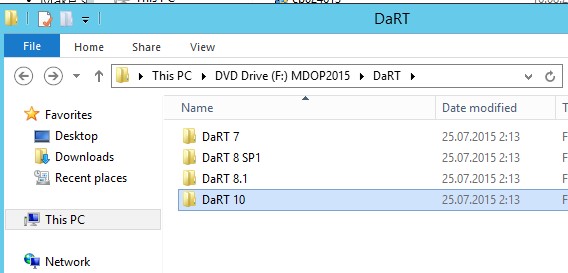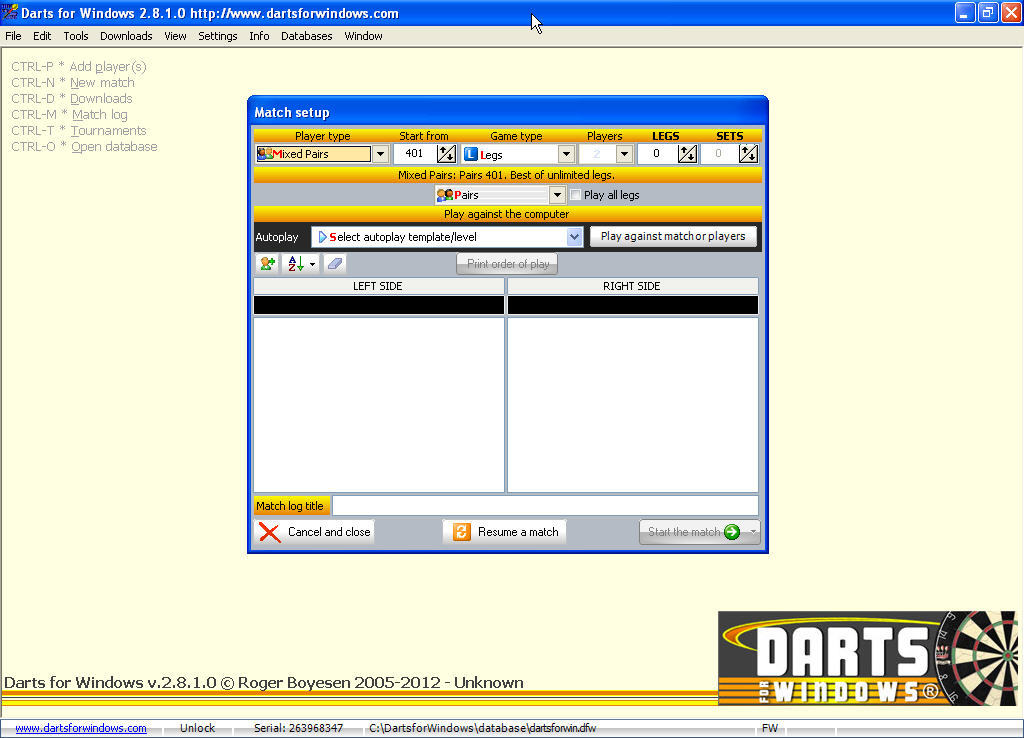

- MICROSOFT DART DOWNLOAD REDDIT WINDOWS INSTALL
- MICROSOFT DART DOWNLOAD REDDIT WINDOWS UPDATE
- MICROSOFT DART DOWNLOAD REDDIT WINDOWS FULL
MICROSOFT DART DOWNLOAD REDDIT WINDOWS INSTALL
After booting to that UFD, admins simply work through the installer prompts and eventually wind up with a fresh, clean install of Windows 10. The basic technique for performing a clean install is to boot the target PC using bootable media (usually a USB flash drive, or UFD) that includes the desired Windows 10 installation files.
MICROSOFT DART DOWNLOAD REDDIT WINDOWS FULL
That dictates a full backup of an old installation before a clean install, should anything from the old installation be needed after that clean install completes. Perforce this means all third-party and added applications, user settings and preferences, and user files will be absent. Most experienced Windows admins call what Reset this PC does a “clean install” of Windows 10 - namely, one where the system/boot drive is wiped clean, a new partition layout constructed en route to Windows 10 installation, and a clean, fresh copy of the OS laid down. Still not working? Alternate clean install methods to the rescue (To start an administrative command prompt, type cmd in the Windows search box, right-click Command Prompt from the list of results, select Run as administrator, and enter the password if prompted.)Īfter a reboot, try the “Reset this PC” path again for most PCs, it should work. If so, they should run DISM /online /cleanup-image /restorehealth in an administrative command prompt or PowerShell session. Interestingly, in early October Microsoft published a support note that documents further issues with “Reset this PC.” It explains that in 20H, “certain hardware configurations” may get a “There was a problem…” error message when attempting this maneuver. That said, “Local reinstall,” which grabs files from the local Windows Recovery Environment (WinRE), may make sense for those with slow or expensive internet connections. This is recommended, because problems with local files may affect the local recovery partition or folder that a reset is supposed to address. The “Cloud download” option grabs fresh, new files from Microsoft servers, from which the reinstall proceeds. Starting with Build 19041.4 and with all 20H2 builds, however, users should see the following screen, which lets them choose between a cloud download and a local reinstall: IDGįor most people, downloading fresh Windows files from the cloud is a better option than reinstalling from local files. If you clicked either “Keep my files” or “Remove everything” in the first step of the Reset this PC option sequence, you saw an error message instead of continuing down the reset path. Note that on builds of Windup to and including Build 19041.388, things didn’t work the way they should have. Thus, Microsoft asserts - and FWIW, I agree - that the old “fresh start” option is the same as “Reset this PC” in version 2004 and 20H2 with the added selection of “Remove everything,” to wit: IDGĬhoose the lower box (“Remove everything”) and you’re off to a “fresh start.” If you don't see the option to Restore preinstalled apps, it means your PC doesn't have preinstalled apps configured and won't restore apps from your PC manufacturer. Then select Keep my files, choose cloud or local, change your settings, and set Restore preinstalled apps? to No.
MICROSOFT DART DOWNLOAD REDDIT WINDOWS UPDATE
To reset your PC, go to Start Menu > Settings > Update & Security > Recovery > Reset this PC > Get Started. For version 2004 and after, Fresh start functionality has been moved to Reset this PC.

Fresh start is available for Windows 10 versions prior to 2004.


 0 kommentar(er)
0 kommentar(er)
